Tammy Fox9780672328923, 0672328925
Table of contents :
Red Hat Enterprise Linux 5 Administration Unleashed……Page 1
Table of Contents……Page 6
Introduction……Page 22
Part I: Installation and Configuration……Page 28
Choosing an Installation Method……Page 30
Creating the Installation Source……Page 32
Starting the Installation……Page 36
Performing the Installation……Page 38
Installing with Kickstart……Page 51
Installing with PXE……Page 72
Performing an Upgrade……Page 76
Summary……Page 77
Red Hat Setup Agent……Page 78
Logging In for the First Time……Page 85
Network Configuration……Page 86
Printer Configuration……Page 90
Adding Boot Parameters……Page 97
Summary……Page 99
3 Operating System Updates……Page 100
Navigating Through the RHN Website……Page 101
Assigning Users for the RHN Website……Page 102
Performing Actions on Individual Systems from the RHN Website……Page 103
Using System Groups on the RHN Website……Page 104
Retrieving Software from RHN with YUM……Page 106
Summary……Page 116
Part II: Operating System Core Concepts……Page 118
Learning the Desktop……Page 120
Filesystem Hierarchy System……Page 123
Shell Basics……Page 124
Becoming the Root User……Page 131
Manual Pages……Page 132
Editing Text Files……Page 133
File Permissions……Page 137
Initialization Scripts……Page 140
Runlevels……Page 141
Summary……Page 144
Understanding How RPM Works……Page 146
Installing Software……Page 148
Updating Software……Page 152
Removing Software……Page 153
Verifying Software Files……Page 154
Querying Package Files……Page 155
Building RPM Packages……Page 156
Summary……Page 170
6 Analyzing Hardware……Page 172
Listing Devices……Page 173
Detecting Hardware……Page 178
Gathering Information from the BIOS……Page 180
Listing and Configuring Kernel Modules……Page 184
HAL……Page 186
Summary……Page 187
Understanding Partitioning……Page 188
Understanding LVM……Page 192
Understanding RAID……Page 200
Using Access Control Lists……Page 206
Using Disk Quotas……Page 210
Summary……Page 214
64-Bit Processors……Page 216
Multi-Core Processors……Page 218
Processors with Hyper-Threading Technology……Page 221
Summary……Page 223
Part III: System Administration……Page 224
9 Managing Users and Groups……Page 226
Managing Users……Page 227
Managing Groups……Page 232
How It All Works……Page 235
Best Practices……Page 237
Summary……Page 240
10 Techniques for Backup and Recovery……Page 242
Writing a Backup Plan……Page 243
Using Amanda for Backups……Page 244
Other Linux Backup Utilities……Page 253
Recovery and Repair……Page 255
Summary……Page 259
Writing Scripts with Bash……Page 260
Additional Scripting Languages……Page 268
Scheduling Tasks with Cron……Page 270
Summary……Page 273
Part IV: Network Services……Page 274
Understanding PAM……Page 276
Enabling NIS……Page 278
Enabling LDAP……Page 287
Enabling Kerberos……Page 299
Enabling SMB or Winbind Authentication……Page 306
Enabling with the Authentication Tool……Page 308
Summary……Page 313
Network File System……Page 314
Samba File Sharing……Page 325
Summary……Page 339
14 Granting Network Connectivity with DHCP……Page 340
Configuring the Server……Page 341
Summary……Page 346
Apache HTTP Server and SELinux……Page 348
Allowing Connections……Page 349
Configuring the Server……Page 350
Logging Connections……Page 357
Summary……Page 358
Understanding DNS Concepts……Page 360
Configuring BIND……Page 361
Configuring BIND Graphically……Page 370
Logging Connections……Page 372
Summary……Page 375
Allowing Connections……Page 376
Configuring the Server……Page 377
Connecting from the Client……Page 379
Summary……Page 387
Understanding Email Concepts……Page 388
Configuring Sendmail……Page 391
Using POP and IMAP……Page 395
Logging Sendmail Connections……Page 397
Allowing Email Connections……Page 398
Summary……Page 399
The xinetd Super Server……Page 400
Transferring Files with FTP……Page 408
Keeping Accurate Time with NTP……Page 416
Creating a Network Printer with CUPS……Page 419
Summary……Page 421
Part V: Monitoring and Tuning……Page 422
Reporting Filesystem Usage……Page 424
Reporting Disk Performance……Page 428
Reporting System Processes……Page 431
Reporting on the System Processors……Page 433
Reporting Memory Usage……Page 434
Reporting on the Network Subsystem……Page 436
Generating a System Report……Page 438
Locating Log Files……Page 439
Viewing Log Files with Logwatch……Page 440
Summary……Page 443
Using the /proc Directory……Page 444
Optimizing Virtual Memory……Page 447
Managing Memory with NUMA……Page 451
Using AltSysRq to Execute System Requests……Page 453
Saving Kernel Dumps for Analysis……Page 454
Setting SMP IRQ Affinity……Page 464
Enabling NMI Watchdog for Locked Systems……Page 466
Summary……Page 469
OProfile……Page 470
Valgrind……Page 479
Summary……Page 481
Part VI: Security……Page 482
23 Protecting Against Intruders with Security-Enhanced Linux……Page 484
Selecting an SELinux Mode……Page 485
Selecting and Customizing the SELinux Policy……Page 487
Utilizing the SELinux Troubleshooting Tool……Page 489
Working with Security Contexts……Page 490
Summary……Page 497
24 Configuring a Firewall……Page 498
Selecting a Table and Command for IPTables……Page 499
Selecting IPTables Options……Page 501
Using IPTables Match Extensions……Page 502
Using IPTables Target Extensions……Page 515
Starting and Stopping the IPTables Service……Page 521
IPTables Examples……Page 522
Enabling the Default Firewall……Page 523
Summary……Page 525
Configuring the Audit Daemon……Page 526
Writing Audit Rules and Watches……Page 530
Starting and Stopping the Daemon……Page 536
Analyzing the Records……Page 537
Tracing a Process with Audit……Page 542
Summary……Page 543
Appendixes……Page 544
A: Installing Proprietary Kernel Modules……Page 546
Installing the nVidia Display Driver……Page 547
Recognizing a Tainted Kernel……Page 549
B: Creating Virtual Machines……Page 550
Virtualization System Requirements……Page 551
Installing Virtualization……Page 552
Setting Up the VM and Installing the Guest OS……Page 553
Introducing the virsh Command……Page 560
Starting and Stopping the Virtual Machine……Page 561
Modifying Dedicated Resources……Page 564
Performing Additional Actions……Page 565
Managing VMs with the xm Utility……Page 566
How ExecShield Works……Page 568
Determining Status of ExecShield……Page 569
Disabling ExecShield……Page 570
Installation and Configuration Troubleshooting……Page 572
OS Core Concepts Troubleshooting……Page 574
System Administration Troubleshooting……Page 575
Network Troubleshooting……Page 576
Monitoring and Tuning Troubleshooting……Page 577
Security Troubleshooting……Page 579
A……Page 580
B……Page 583
C……Page 584
D……Page 585
E……Page 588
F……Page 589
G……Page 591
H……Page 592
I……Page 593
J – K……Page 595
L……Page 596
M……Page 599
N……Page 601
O……Page 603
P……Page 604
R……Page 606
S……Page 608
T……Page 613
U……Page 614
V……Page 616
Y……Page 617
Z……Page 618
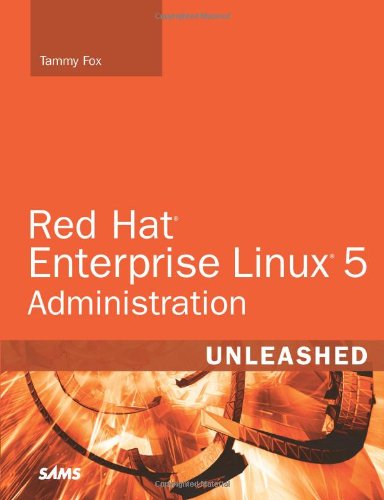

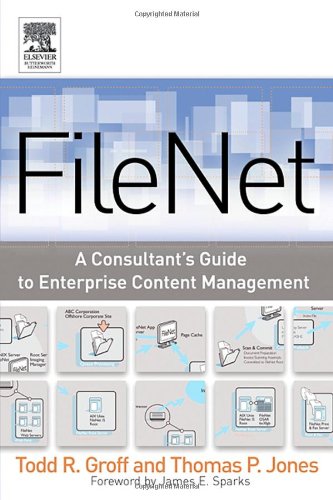
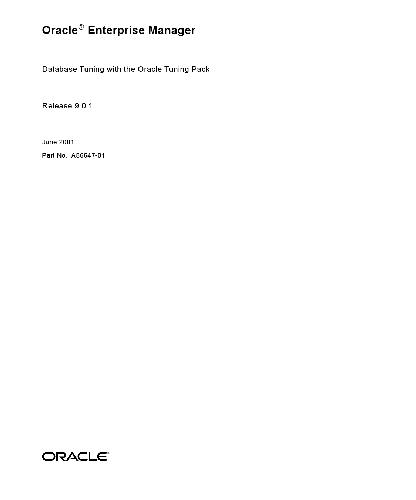
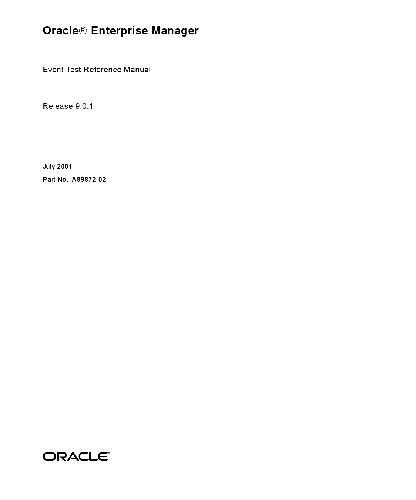
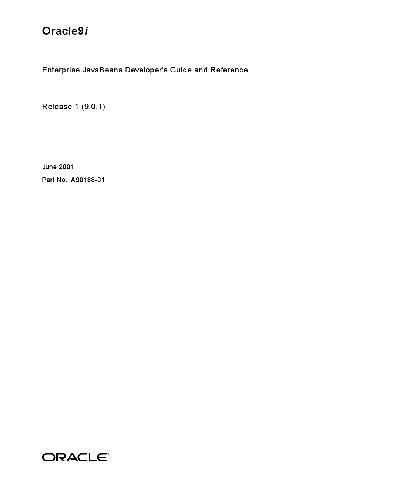
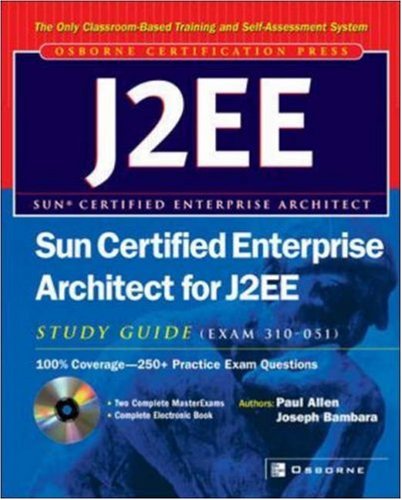
Reviews
There are no reviews yet.